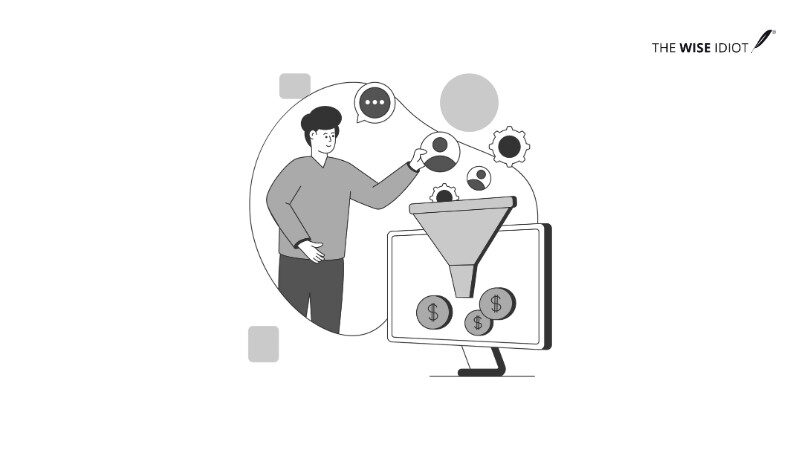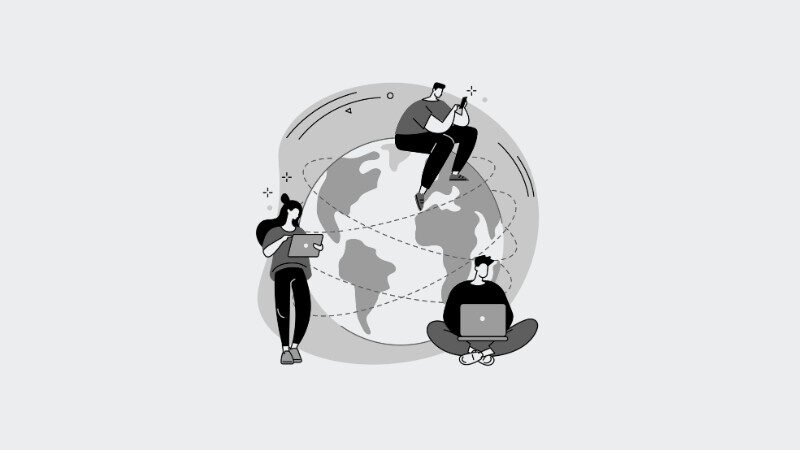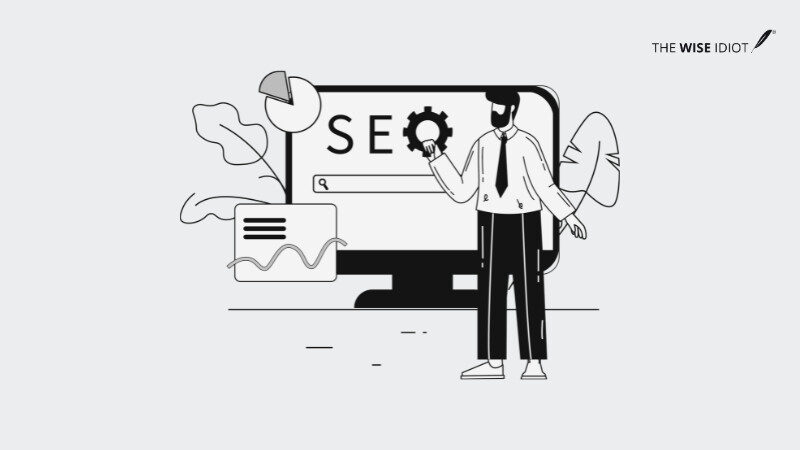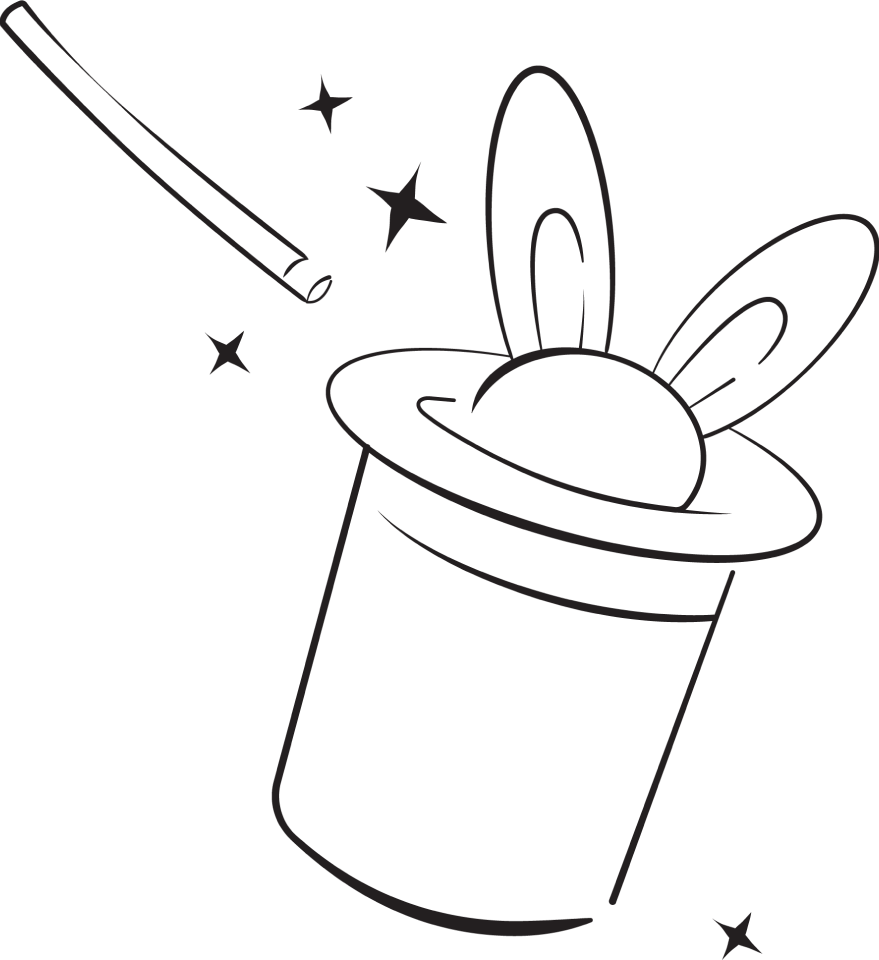With data scattered across tools, unclear next steps for deals, and leads going cold, sales teams often find themselves reacting instead of driving outcomes. And that’s a problem.
In B2B sales, chaos isn’t uncommon. Because without a structured, high-converting sales pipeline, hitting revenue targets turns into a guessing game.
But it doesn’t have to be that way.
With a sales pipeline as your control center, you have a visualized strategy to turn interest into income. Build it right, and your B2B sales pipeline gives your team clarity, control, and confidence.
Let’s talk about how to build one that performs.
First: What Is a Sales Pipeline, Really?
It’s like a roadmap for each deal to travel through defined stages. Unlike the B2B marketing funnel (which views things from the buyer’s perspective), the sales pipeline focuses on your team’s actions at each stage of the deal.
That shift in mindset is crucial. A funnel says “some leads will drop off, expect that.” A pipeline says “let’s actively guide every opportunity to the finish line.”
Before You Build: Clarify Your Ideal Customer Profile (ICP)
No matter how good your pipeline design is, if you’re feeding it with the wrong leads, you’re wasting time. The best pipelines start with focus.
-
Who exactly are you selling to?
-
What problems are they trying to solve?
-
What software do they already use?
-
Who makes buying decisions?
Build your ICP using data from past wins, market feedback, and actual conversations. When sales and marketing both agree on who the ideal customer is, your pipeline instantly becomes more efficient—and your win rates climb.
Looking for support? Partnering with a seasoned B2B Content Marketing Agency can help you refine your ICP and attract higher-quality leads through relevant, strategic content.
Laying the Foundation: Stages That Reflect Your Reality
Now comes the core: defining your pipeline stages.
Never copy-paste from templates. Your pipeline should mirror the actual steps your prospects take, and the actions your team must drive.
Most successful B2B pipelines follow this rough structure:
-
Lead generation / prospecting: Where good-fit leads are sourced
-
Lead qualification: Where you decide who’s worth pursuing
-
Initial engagement: Where first outreach happens
-
Discovery: Where you listen and understand the prospect’s pain points
-
Demo or solution presentation: Where you show your product in action
-
Proposal & negotiation: Where the deal structure takes shape
-
Closing: Where signatures (and celebrations) happen
-
Post-sale expansion: Where customer success becomes the new frontier
Each stage should have a clear entry condition, a goal, and a responsible owner.
“Until sales stages are aligned with the buyer’s journey and their exit criteria, close rates will continue to suffer.”
– Andy Paul, Host of The Win Rate Podcast
Make Qualification Your Superpower
Too many pipelines get clogged because sales teams keep weak leads “just in case.”
Don’t do that. A bloated pipeline is misleading—it inflates forecasts, distracts reps, and hides risk.
Only 25% of marketing-generated leads are typically qualified enough to hand off to sales. That’s why using a solid framework like BANT or MEDDIC is non-negotiable. These frameworks help reps ask smarter questions and confidently disqualify poor-fit leads.
Want your qualification messaging to resonate better? Explore how linkedin marketing services can help you warm up leads before first contact, improving quality from the top.
Visibility Is Everything
A pipeline is only powerful if you can see what’s happening inside it.
If your team is still managing deals in spreadsheets or juggling between tools, you’re flying blind.
Use tools that automate pipeline visualization. Connect your CRM with live dashboards in Google Sheets or Excel to surface bottlenecks, stage durations, and deal health.
If you notice deals are constantly stalling at the proposal stage, that’s where to focus your team’s coaching and process updates.
Following the latest b2b marketing trends can also help you adapt your pipeline tools and tactics to stay ahead.
Don’t Just Build, Fuel It
Even the best-designed pipeline fails without a steady stream of qualified leads.
If your team is lean, outsource top-of-funnel prospecting to experts. A B2B Content Marketing Agency can create high-value assets and campaigns that attract and convert leads aligned with your ICP.
If you’re managing it in-house, train reps to be part SDR, part consultant, part storyteller. Equip them with pain-point-driven messaging—not just product pitches.
Omnichannel Is the New Normal
Modern buyers don’t stick to one platform. They might read an email, check your LinkedIn profile, Google your brand, or read blogs from the wise idiot before replying to a sales message.
That’s why omnichannel outreach is key—blend cold emails, LinkedIn content, warm intros, and even paid ads.
Sales tools should track all this activity to give you a 360° view of engagement.
Nurture the “Not Yets”s
Most qualified leads won’t buy today. But they might buy in six months.
This is where the nurture strategy shines. Use thoughtful drip campaigns, timely follow-ups, and content that keeps your brand top-of-mind.
Even a cold lead may convert when they see a new feature announcement, a killer case study, or attend an industry event you’re hosting.
Watch the Right Metrics
Not all metrics are created equal. Here are the ones that truly matter:
| Metric | Description | Why It Matters |
|---|---|---|
| Conversion Rates | % of deals moving stage to stage | Reveals friction points or gaps |
| Average Deal Size | Revenue per closed deal | Improves forecasting |
| Sales Velocity | How fast deals close | Shows efficiency |
| Win/Loss Rates | Ratio of wins to total opportunities | Helps refine ICP and messaging |
| Pipeline Coverage Ratio | Pipeline value vs. sales target (ideal: 3–5x) | Ensures consistent deal flow |
| Stage Duration | Time spent in each stage | Helps locate slowdowns |
| Customer Acquisition Cost | Total spend to acquire each customer | Highlights cost-effectiveness |
| Customer Lifetime Value | Total expected revenue per customer | Prioritizes retention and upsells |
In-Depth: Core Stages of the B2B Sales Pipeline
1. Prospecting / Lead Generation
Find potential customers through inbound, outbound, or referrals. Use tools like LinkedIn Sales Navigator.
-
Best Practices: Target ICPs. Consider outsourcing.
-
Mistakes: Chasing low-quality leads.
-
Metrics: New leads, source quality.
2. Lead Qualification
Vet prospects using qualification frameworks.
-
Best Practices: Use scoring, model after best customers.
-
Mistakes: Advancing weak leads.
-
Metrics: Qualification rate, disqualifications.
3. Initial Contact / Engagement
Reach out via multiple channels.
-
Best Practices: Personalize, follow up.
-
Mistakes: One-size-fits-all messages.
-
Metrics: Response rate, meetings booked.
4. Discovery & Needs Assessment
Understand the customer’s pain points.
-
Best Practices: Ask open questions, listen.
-
Mistakes: Rushing to pitch.
-
Metrics: Discovery calls held, insights gathered.
5. Solution Presentation / Demo
Show how your solution helps.
-
Best Practices: Tailor the pitch to needs.
-
Mistakes: Generic demos.
-
Metrics: Demo attendance, proposal conversion.
6. Proposal / Negotiation
Present pricing, terms, and close alignment.
-
Best Practices: Be transparent, value-focused.
-
Mistakes: Ignoring objections or red flags.
-
Metrics: Proposal acceptance, negotiation length.
7. Closing the Deal
Get the final sign-off and contract signed.
-
Best Practices: Streamline processes.
-
Mistakes: Delays or overcomplication.
-
Metrics: Close rate, sales cycle duration.
8. Post-Sale & Expansion
Deliver value, build relationships, and identify growth opportunities.
-
Best Practices: Stay in touch, track success.
-
Mistakes: Ignoring customer success.
-
Metrics: Upsell/cross-sell revenue, retention.
The Bottom Line
Building a high-converting B2B sales pipeline is more than a structure—it’s a living, breathing process that adapts as your business scales.
By refining your ICP, structuring stages that reflect reality, qualifying with precision, improving visibility, and fueling the pipeline with high-intent leads—you’re setting the stage for consistent growth.
And don’t forget to track what matters and stay aligned with emerging b2b marketing trends to stay competitive.
Done right, your sales pipeline won’t just help you close deals—it’ll help you build momentum.









